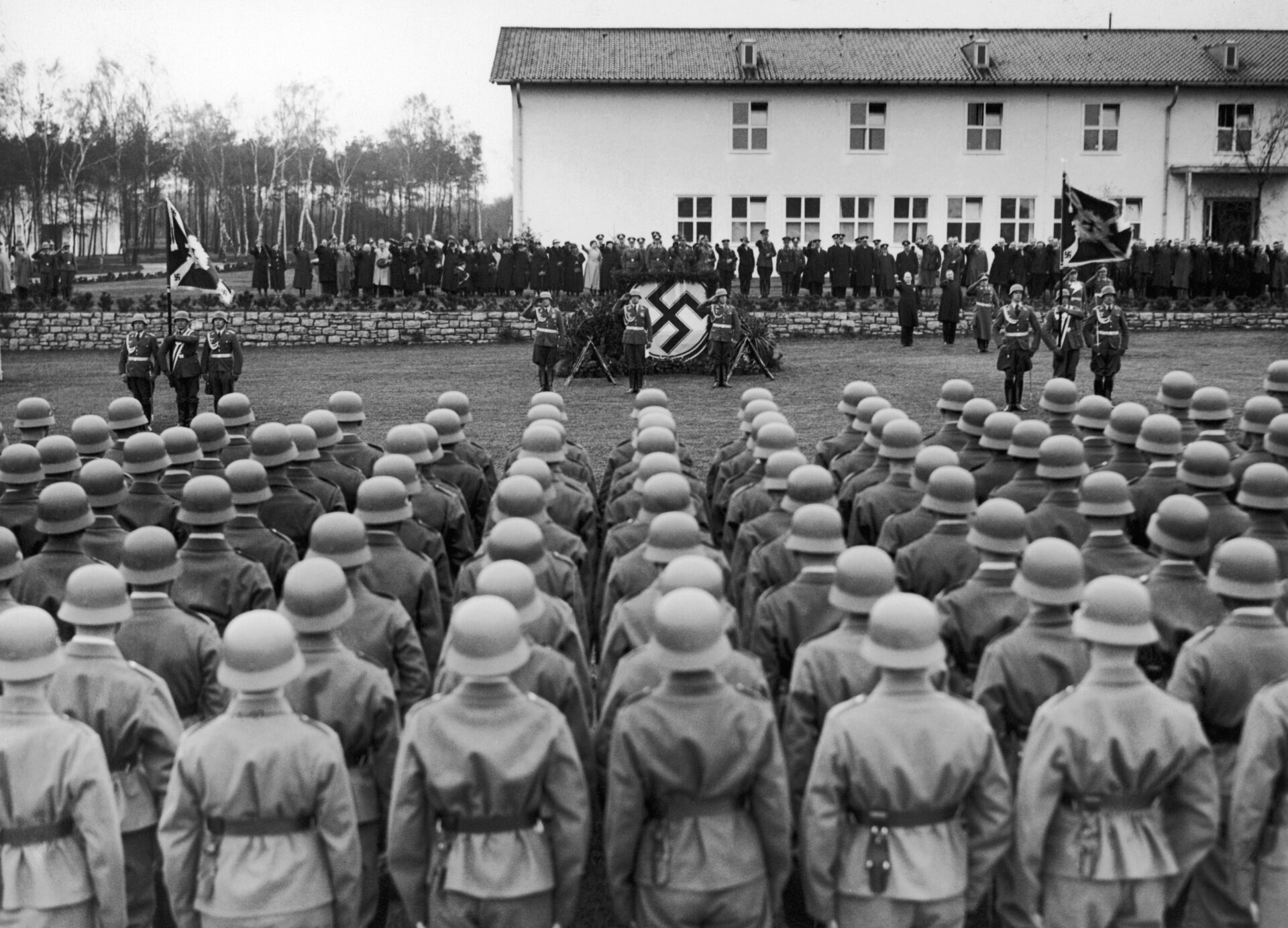Since military experts tend to prepare for the last war in planning for the next, both France and Germany in the 1930s built confronting lines of fortifications on their common frontier.
The Maginot line on the French side and the Siegfried line on the German were far more formidable than were the trenches of 1914 to 1918. With the outbreak of hostilities, most people expected that the war would be decided primarily in the area between France and Germany, and that it would be a closely confined war, perhaps quite brief with at most only diversionary activity in other parts of the world.
But as Germany was joined by its Axis partners, Italy and Japan, and as the United States entered on the Allied side, World War II became much more fully a world war than World War I had been.
In 1939 Germany was ready for war, but neither France nor Britain was fully prepared. Moreover, Germany did not need to fight on two major fronts, since the pact with Stalin had neutralized the Soviet Union. However, France, which had held only one front in World War I, now had to maintain troops along the Spanish and Italian borders to guard against an attack by those nations. Still, German success was predicated on a quick victory; otherwise, the United States might once again be drawn into the war, the British would gain time to supply their troops and resources from their dominions, and the obviously superior British navy would begin to close off German food supplies.
On land, the German forces were undoubtedly superior. They were better equipped than either the French or British. Still, the French army’s reputation was excellent, and the German leaders saw the defeat of France as their essential first task. Because the French were known to be especially weak in tanks and antiaircraft defense, the Germans turned to the ideal combination—massive use of tanks in close cooperation with aircraft, especially the Stuka bomber, which could divebomb enemy positions.
German plans all focused on moving rapidly by means of the blitzkrieg, or “lightning war.” This became even more true when Mussolini declared himself to be a “nonbelligerent.” No one doubted that he stood behind Germany, but it was thought that he would not actively commit his troops to the war. For Britain and France, ultimate victory rested on delay, forestalling a quick German victory until their lack of preparation could be offset by control of the seas, superior industrial production, and the support of world opinion which, they felt, would be in their favor.
The Soviet Union remained unpredictable and might be turned around. If Hitler did have to fight a real war on two fronts, the Wehrmacht (armed forces) might be bled deeply and long enough to weaken its western thrust. While this did not seem probable in 1939, this is what did, in fact, happen; as the Soviet, or eastern, front wore down Germany’s forces, a successful invasion of occupied France became possible by 1944.
On all fronts aerial bombardment—toward the end of the war carried on by German pilotless aircraft and rocket missiles—brought the horrors of warfare to urban civilians. Military experts had been inclined to believe that civilians could not possibly stand aerial bombardment and that any country whose cities were subject to sustained bombardment would be obliged to sue for peace.
Yet European and Asian civilian populations endured months of attack; German civilian deaths from air bombardment alone have been estimated at about 500,000. Organized systems of shelter and partial dispersal of populations enabled the people of heavily bombed cities like London, Berlin, and Tokyo to endure what were in effect front-line conditions.
At the very end of the war, a technical innovation was introduced that radically altered the character of war. This was the atom bomb, developed in secrecy by American, Canadian, and British experts, with scientific support from German and Italian refugees. It was first used by the United States on the Japanese city of Hiroshima on August 6, 1945; one single bomb destroyed something over half that city.
Somewhat less damage was done by a second and different bomb dropped on Nagasaki three days later. More than 100,000 people were killed in the two cities by the two bombs.

